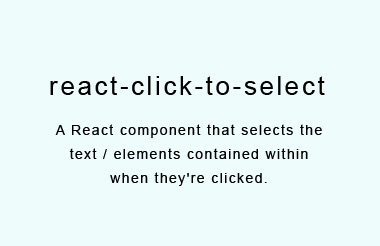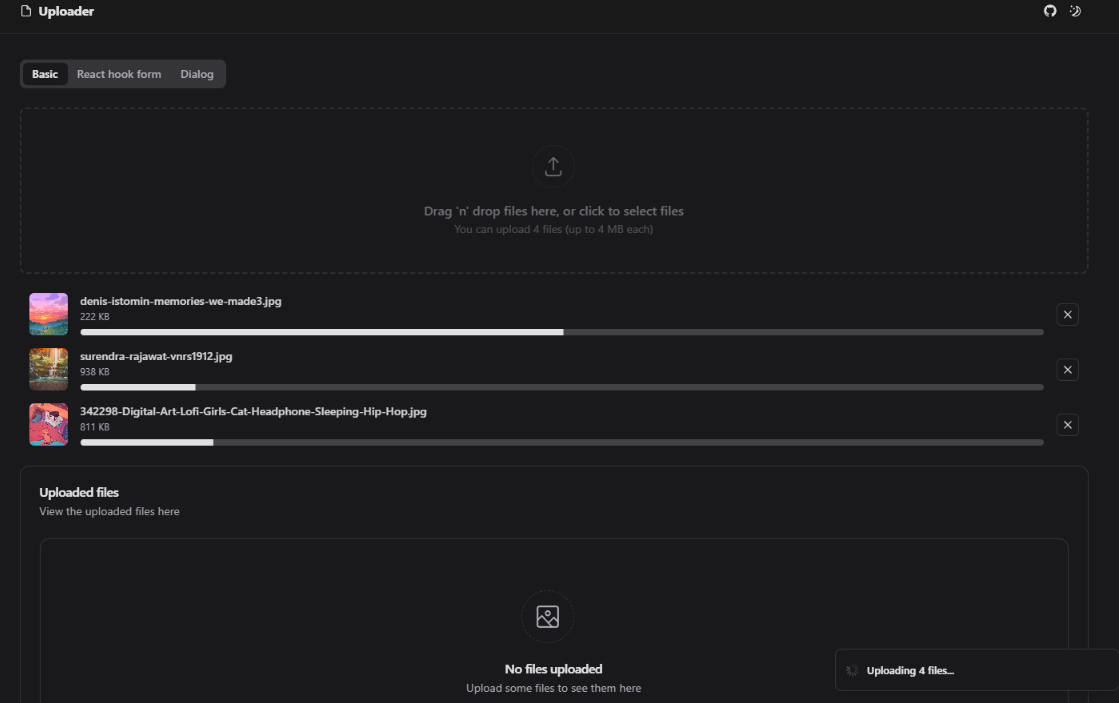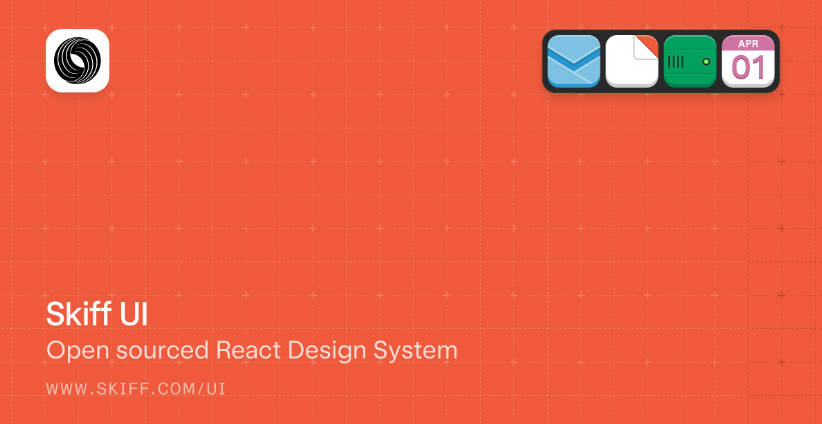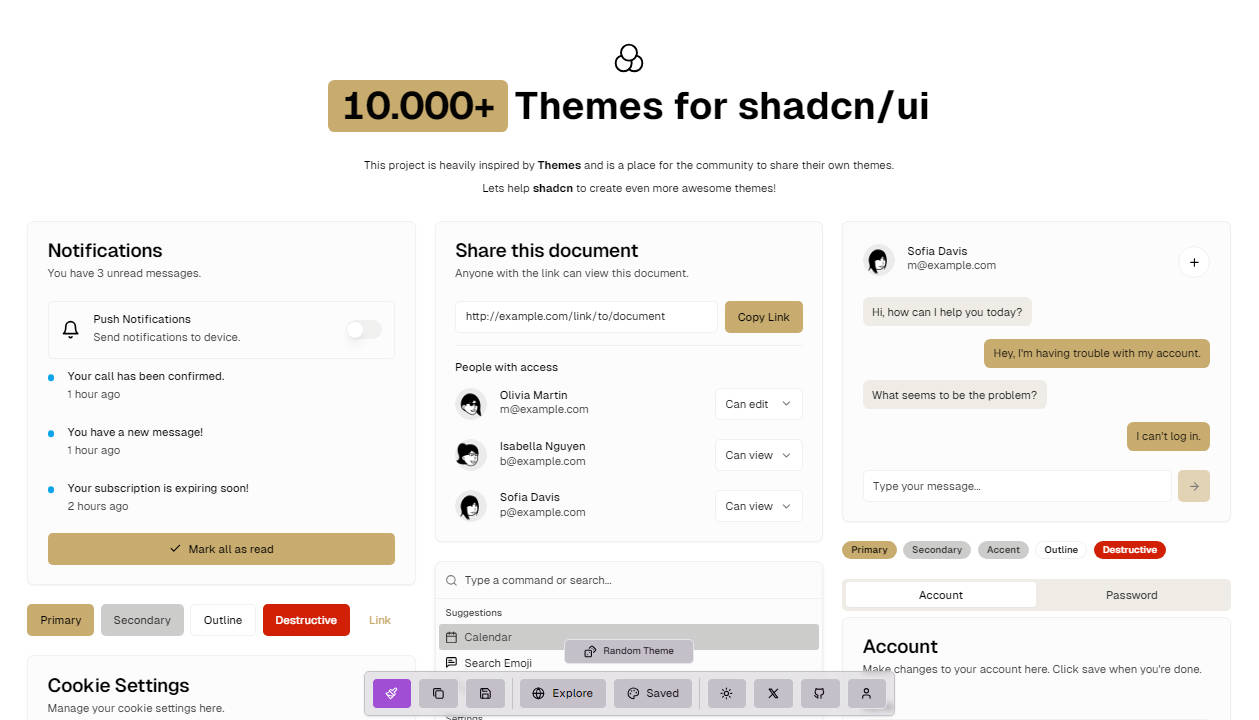Office UI Fabric React
The React-based front-end framework for building experiences for Office and Office 365.
Fabric React is a responsive, mobile-first collection of robust components designed to make it quick and simple for you to create web experiences using the Office Design Language.
Using Fabric React
Here is a step by step tutorial on how to build a simple React app with an Office UI Fabric React component.
Integrating components into your project depends heavily on your setup. The recommended setup is to use a bundler such as Webpack which can resolve NPM package imports in your code and can bundle the specific things you import.
Within an npm project, you should install the package and save it as a dependency:
npm install --save office-ui-fabric-react
This will add the fabric-react project as a dependency in your package.json file, and will drop the project under node_modules/office-ui-fabric-react.
The library includes commonjs entry points under the lib folder. To use a control, you should be able to import it and use it in your render method:
import * as React from 'react';
import * as ReactDOM from 'react-dom';
import { PrimaryButton } from 'office-ui-fabric-react/lib/Button';
ReactDOM.render(
<PrimaryButton>
I am a button.
</PrimaryButton>,
document.body.firstChild
);
Browser support
Fabric React supports many commonly used browsers. See the browser support doc for more information.
Server-side rendering
If you need to render Fabric components on the server side in a node environment, there is a way to do this. The basic idea is that you need to tell the styles loader to pipe styles into a variable, which you can later use to inject into your page. Example:
import { configureLoadStyles } from '@microsoft/load-themed-styles';
// Store registered styles in a variable used later for injection.
let _allStyles = '';
// Push styles into variables for injecting later.
configureLoadStyles((styles: string) => {
_allStyles += styles;
});
import * as React from 'react';
import * as ReactDOMServer from 'react-dom/server';
import { Button } from 'office-ui-fabric-react/lib/Button';
let body = ReactDOMServer.renderToString(<Button>hello</Button>);
console.log(
`
<html>
<head>
<style>${ _allStyles}</style>
</head>
<body>
${ body}
</body>
</html>
`);
Note: we are evaluating a more robust theming and style loading approach, which will allow a much more flexible server rendering approach, so this syntax may be simplified in the future.
Browserless Testing
In unit or end-to-end tests that run in an SSR-like (non-browser) environment such as Node, you'll need to disable style loading.
import { initializeIcons } from 'office-ui-fabric-react/lib/Icons';
initializeIcons('dist/');
// Configure load-themed-styles to avoid registering styles.
let themeLoader = require('@microsoft/load-themed-styles');
themeLoader.configureLoadStyles((styles) => {
// noop
});
// Set ssr mode to true, and rtl to false.
let library = require('office-ui-fabric-react/lib/Utilities');
library.setSSR(true);
library.setRTL(false);
// Assume a large screen.
let responsiveLib = require('office-ui-fabric-react/lib/utilities/decorators/withResponsiveMode');
responsiveLib.setResponsiveMode(responsiveLib.ResponsiveMode.large);
You'll also want to mock out requiring .scss files.
In Jest:
moduleNameMapper: {
// jest-style-mock.js should just contain module.exports = {};
'\\.(scss)$': path.resolve(__dirname, 'jest-style-mock.js'),
}





